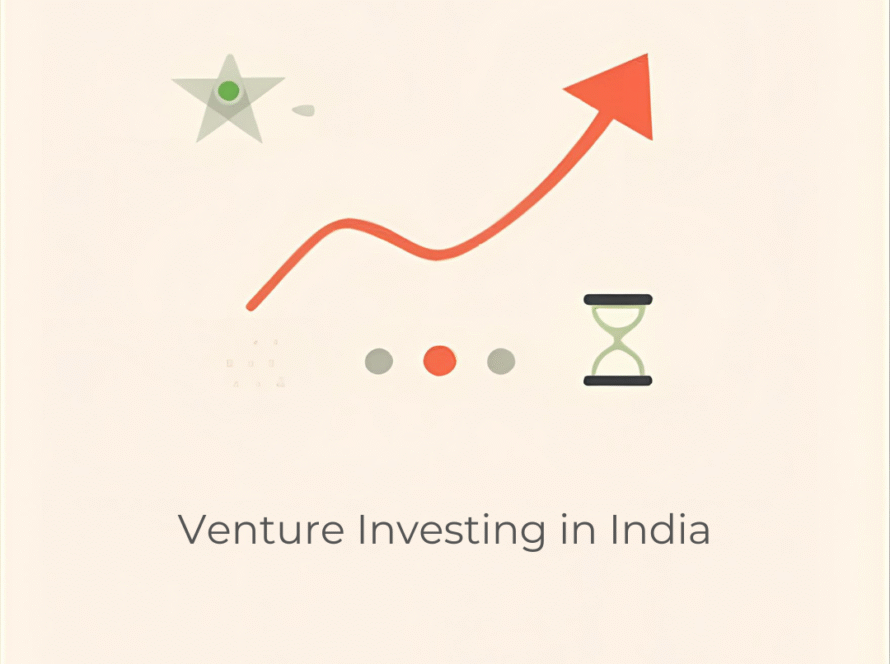This is the 2 nd part of the series on Start -up Investing – a multi-part series on how a newbie investor can be a part of the Start-up Investing eco-system
This is the 2nd part of the series on Start -up Investing – a multi-part series on how a newbie investor can be a part of the Start-up Investing eco-system
Do find the Ist part of the series here .
In this part , lets look at as to the Ist step in the investment in a startup.
You must have been approached either directly or thru friends or intermediaries.
What was the first thing which caught your attention – the business, the founder background / pedigree or Fear of Missing Out ( FOMO) , or all of the above.
Lets consider the period post 2017-18 , while we consider “ Start-up Investing’’ as an asset class.
The Indian public and investors have by this time noticed how a homegrown Indian company – Flipkart has been acquired by a global giant – Walmart .
Also , with increasing news coverage and media sharing updates and information on new areas being explored by the Indian entrepreneurs , the Indian investors started taking more than a cursory look into this asset class.
Angel platforms (group of investors coming together and investing individually, alongside a group ) across the cities started mushrooming to be part of the start up ecosystem. With an amount as low as Rs. 50,000 – Rs. 100,000 , an investor can come aboard and be a part of the growth story of a company.
SEBI , the Indian regulatory body has also helped by enabling setting up of Alternative Investment Fund , or AIF’s as more popularly referred to .
The AIF’s are of various types as in Category I , Category I (Angel) , Category II , Category III .
In the present note, lets restrict to AIF – Category I ( Angel). The minimum committed investment amount is Rs.25 lacs , with the drawdown ( investment amount ) spread over multiple time horizons and investment to be effected , only when the opportunities of investment arise.
The benefits for an Investor being, its SEBI regulated with compliances and checks in place . This comes with the cost factor, as the fund will need to have management fees and operating cost and a set up fee, if any, for the staff and resources.
What is the recommended choice, a fund or an Angel platform. If you have the time, resource and energy – then Angel platform is the obvious choice. Else, one can look at the AIF’s.
Now that you have the partner / platform / or even direct investment into the business, how will you invest ?
At Auxano , we have a playbook and a scorecard .
We have an Investment thesis – based on Category creator – Market creator – Market owner .
Once the product and the founder passes the thesis test, there is a 3 touch point approach .
And post this evaluation , the Investment Committee and with inputs from Advisory Board , the investment is carried out .
Can an investment go wrong , even after this exercise ? Probably ‘Yes’. Eco-system can change, the founders can change , the product may not perform as it was supposed to .. and so many other reasons.
But then, here the investment methodology has a process. Structure and form helps . And Auxano has developed this over the period of years.
As an investor , if you can do this and more.. then you should do it thru the Angel network or if the investing amount is Rs. 5 millon plus ,even direct.
If not, then the AIF approach can be the way .
Once you have invested, its only the beginning of the journey… What happens after the investment , will share in the upcoming note.
Author:
Brijesh Damodaran



